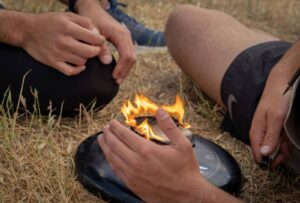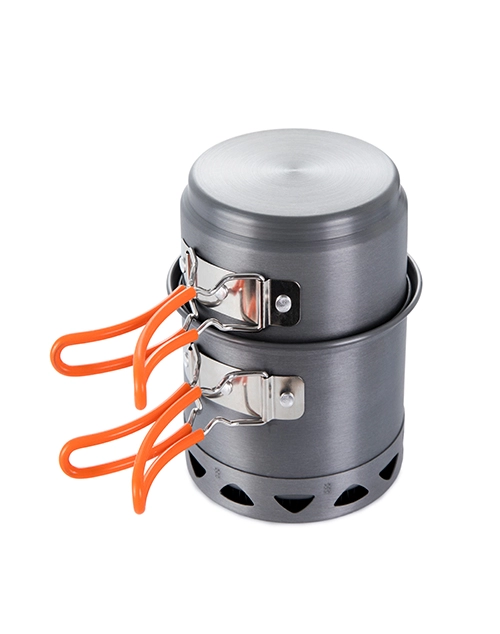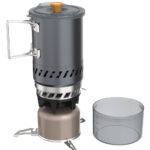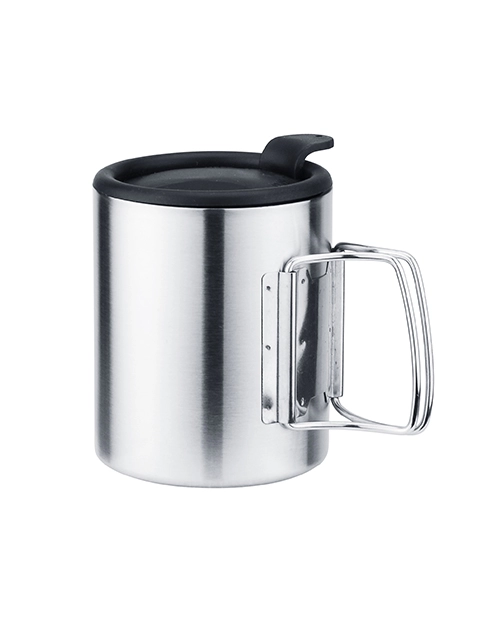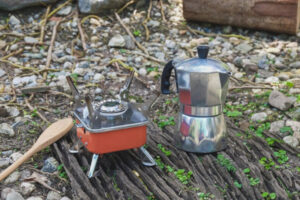 You can revolutionize your ultralight backpacking culinary experience by striking an ideal balance between simmer control and pot size. This delicate interdependence often influences the success of your wild meals, right from fuel efficiency up to the quality of food.
You can revolutionize your ultralight backpacking culinary experience by striking an ideal balance between simmer control and pot size. This delicate interdependence often influences the success of your wild meals, right from fuel efficiency up to the quality of food.
An experienced hiker will tell you that finding this perfect mix can make the difference between a gourmet wilderness banquet and a disastrous meal.
Simmer control makes it possible for one to easily cook many types of foods since it allows for precise temperature adjustments. Pot size, however, influences heat distribution as well as cooking capacity. They both define how you prepare meals outside.
In this comprehensive guide, we’re going to highlight some subtleties in simmer control with regards to remote ultralight backpacking stoves in relation to pot sizes. We’ll look at all the pros and cons of different setups, giving you insights on optimizing your backcountry kitchen.
Ultralight Backpacking Stove Simmer Control vs Pot Size
Simmer Control
For versatile cooking in the backcountry, it is necessary to have accurate control over the simmer. This makes it possible for all types of food preparation. It is possible to sauté, simmer sauces, and even bake with good heat control. The low-heat settings present a challenge to most ultralight stoves. Look for stoves with valves that can be micro-adjusted, which means better flame control.
Benefits of Advanced Simmer Control:
- Cooking delicate foods without burning them
- Reduced fuel consumption
- Expanded menu options in the backcountry.
However, the control may also increase stove complexity and cost, as well as add weight.
Pot Size
Pot size directly influences how well food cooks and the amount it can accommodate. Smaller pots heat up faster, but portion sizes are limited. Bigger pots allow for group cooking but consume more fuel. Take into account your usual number when selecting one.
Advantages of Smaller Pots (0.5–1 L):
- Faster boiling times
- Less fuel consumption
- Lighter weights
Benefits of Larger Pots (1.5-2L+):
- Cook for groups
- One-pot meals
- Better than smaller pots if you want to make soups or sauces at a low simmer
The Interplay
Cooking performance is affected by both simmer control and pot size simultaneously. An excellent simmer controller on low flame works best in small pots for preparing single meals with precision. Large pots benefit from good simmer control for even heating throughout.
Effective Combinations:
- High simmer control + small pot: best for cooking alone when you are in the mood
- High simmer control and large pot: ideal for feeding groups and making complex dishes
- Basic simmer control + small pot: appropriate for simple, quick meals
- Basic simmer control + large pot: great when boiling water for many people
Fuel efficiency is determined by two things. Good simmer control avoids waste, regardless of the size of the pot. Smaller pots tend to use less fuel but limit your options in terms of cooking.
Another thing to consider is stability. Larger pots might be unstable on tiny stoves that have fine controls. Some stoves offer pot supports meant to enhance stability.
 Ultralight Backpacking Stove Kit with Pot and Windscreen
Ultralight Backpacking Stove Kit with Pot and Windscreen
The MSR PocketRocket Deluxe Stove Kit is easily one of the most convenient ultralight backpacking stove kits available. This kit handed each of our checks throughout a couple-day camping trip, and yes, it does not let down.
First off, let us focus on the stove. It is so light and compact that it fits well in any backpack. This is facilitated by its built-in pressure regulator, which causes water to boil fast even when there are strong winds. This is important because it helps to ensure a steady flame for efficient cooking.
Another notable feature is the included pot. It is just right for solo hikers or small groups. The pot is primarily made of hard-anodized aluminum, which makes it durable but light at the same time. We loved the fact that it heated up so quickly, so our food was ready within no time and without stress over the fire getting low. Additionally, this pot comes with a strainer lid and an insulated handle.
This windscreen rocks! The windscreen works effectively in blocking off wind, hence improving the performance of the stove. During our journey, we were able to cook even in windy conditions without any problems at all. Eventually, yet importantly, this windscreen can be easily set up as well as folded down into an easily storable package after use.
How to Clean and Maintain an Ultralight Backpacking Stove
Taking good care of your ultralight backpacking stove has a greater influence on how long it will last than anything else you can do. This is how you can best maintain your stove:
- Cool Down Completely: Make sure that you completely cool down the oven before washing it.
- Disassemble the Parts: Break down the burner, fuel line, and any other separate parts.
- Wipe Down the Stove: Use a moist rag or towel to remove dirt and food remains. Be careful not to use harsh detergents because they may spoil its appearance.
- Clean the Burner: Inspect for obstructed fuel ports. Ensure that any particles blocking these holes are removed using a soft brush or pin.
- Inspect fuel lines and connections: Ensure there are no leaks or damages. Tighten any loose connections.
- Store Properly: Keep your stove in a dry, cool place.
Through regular maintenance, you will be assured of uninterrupted use of your cooking equipment throughout your various expeditions!
 Conclusion
Conclusion
To have the best ultra-lightweight backpacking, simmer control and pot size should be balanced. You can use different simmers if you have precise control; hence, your cooking will be versatile. Besides, if your pot is of the appropriate size, heat distribution in it would be efficient, so enough food can fit in it.
In simple words, they determine how you prepare your outdoor meal. Before selecting a stove and pot setup, you must consider what you require and like most. Thus, this will guarantee an exciting and successful trip into the wilderness full of enjoyable eating moments.

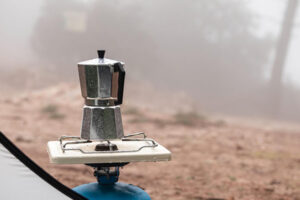 Ultralight Backpacking Stove Kit with Pot and Windscreen
Ultralight Backpacking Stove Kit with Pot and Windscreen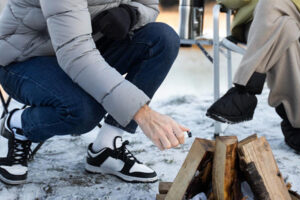 Conclusion
Conclusion
